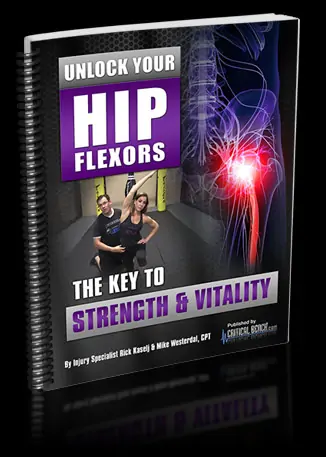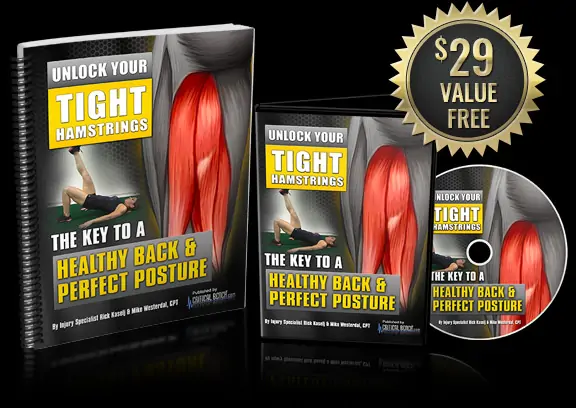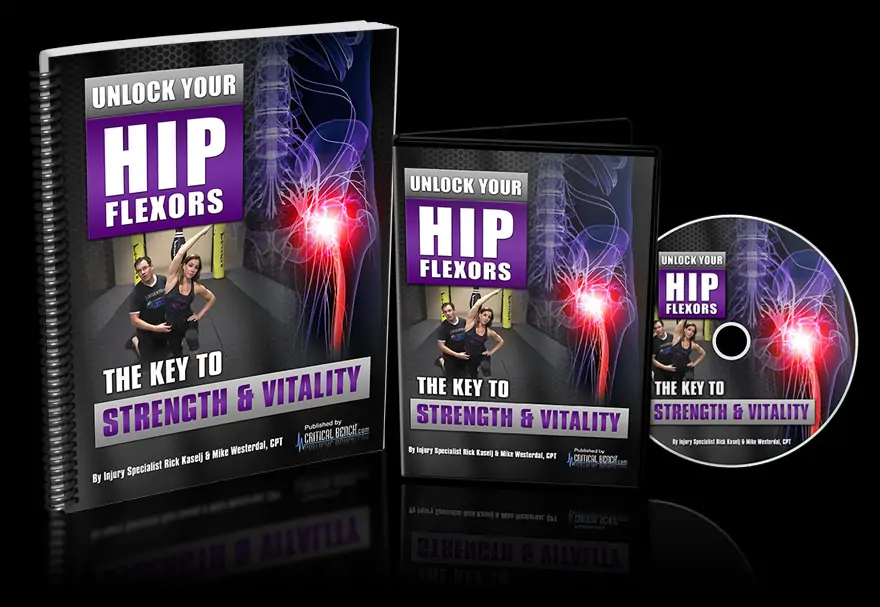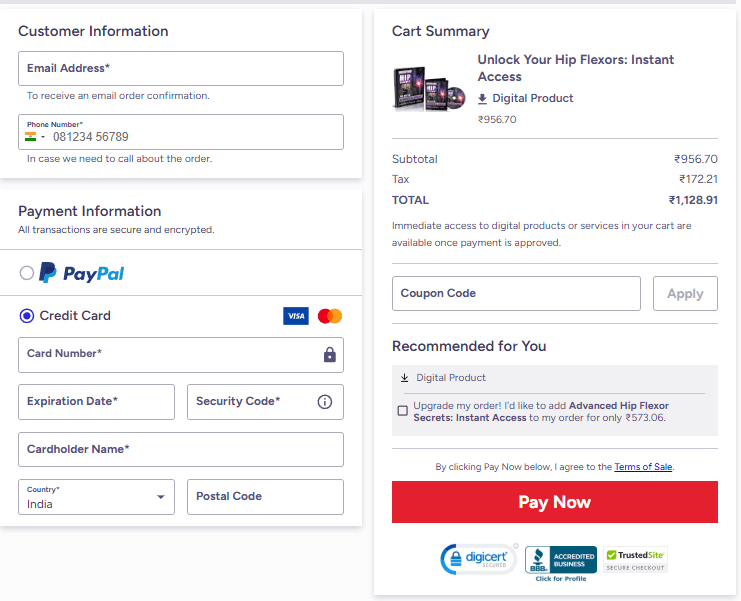
Hip flexors are a group of essential muscles located at the front of your hip that play a vital role in nearly every lower-body movement. These muscles are responsible for allowing you to lift your legs and bend at the waist, making them crucial for activities like walking, running, climbing stairs, sitting down, and bending forward. The primary muscles involved in hip flexion are the psoas major and the iliacus. The psoas originates in the lower spine and connects to the top of the thigh bone, while the iliacus begins at the pelvis and joins the psoas to form the powerful iliopsoas muscle group.
Supporting these primary muscles are others like the rectus femoris and sartorius. The rectus femoris, part of the quadriceps group, extends down the front of the thigh and helps with both hip flexion and knee extension. The sartorius, known as the longest muscle in the human body, runs diagonally across the thigh from the hip to the inside of the knee and assists in rotating the hip and flexing the knee. Together, these muscles enable smooth, coordinated movement and contribute significantly to your overall mobility and core stability.













